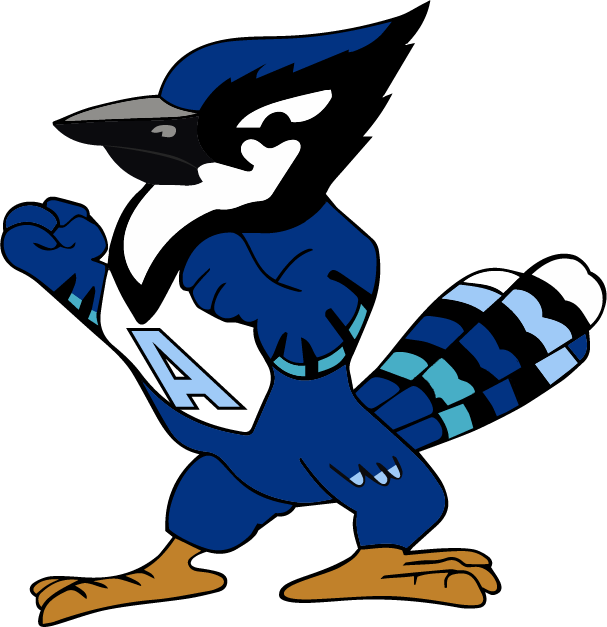Skip to content
Show submenu for About Us
About Us
About Athens, Wisconsin
Board of Education
Business Services
Communications
Facilities and Operations
Health Services
Human Resources
Nutrition Services
State Report Cards
Teaching and Learning
Welcome from the Superintendent
Show submenu for Parents and Students
Show submenu for New Families
New Families
Show submenu for Schools
Show submenu for Contact Us
Contact Us
Show submenu for
